The world is home to a host of weird and wacky fish, some of which can climb trees, others that can glow in the dark and some can walk on their hands. In total, there are more than 33,000 known species – that is roughly equivalent to all other vertebrate species combined. The only things they all have in common is that they live in water, have gills and possess a backbone.
When it comes to size, they can be just as diverse. While some measure just millimeters, others are aquatic giants that would make Shaquille O’Neal look small. Here are some of the biggest ocean-dwelling fish.
Whale shark (Rhincodon typus)
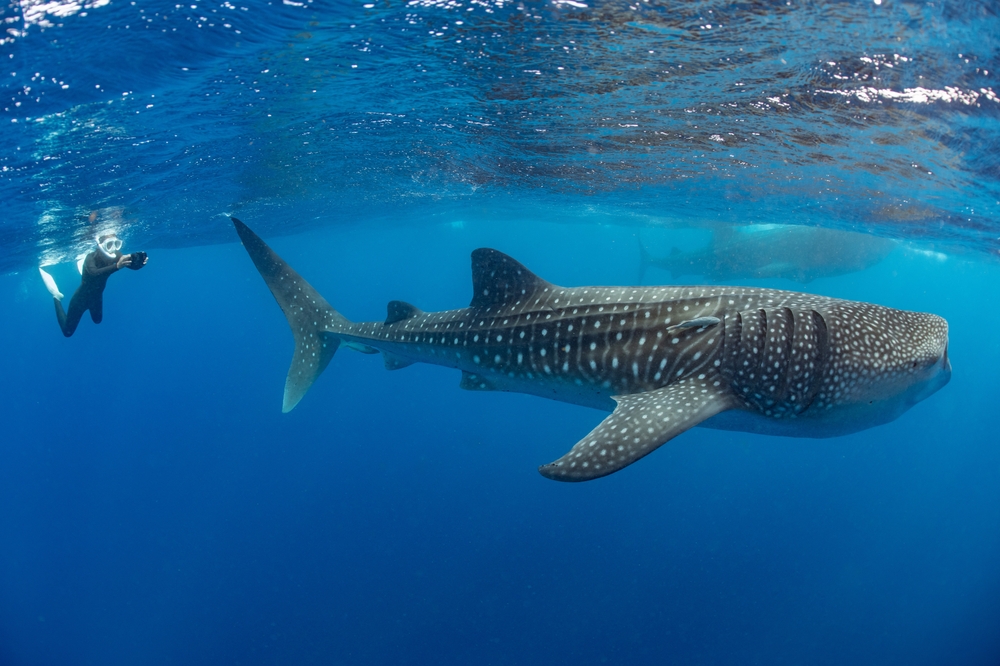
Whale Shark
Image Credit: subphoto.com/Shutterstock.com
The top spot goes to the whale shark, which can reach lengths of 12 meters (40 meters) – making it longer than a London bus. Even more impressively, the longest individual on record grew to a jaw-dropping 18.8 meters (62 feet) long. Just like the world’s largest animal, the blue whale, the whale shark is a gentle giant and a filter feeder, gorging on krill and other small organisms it hoovers up and filters through pads at the front of its throat.
Basking shark (Cetorhinus maximus)
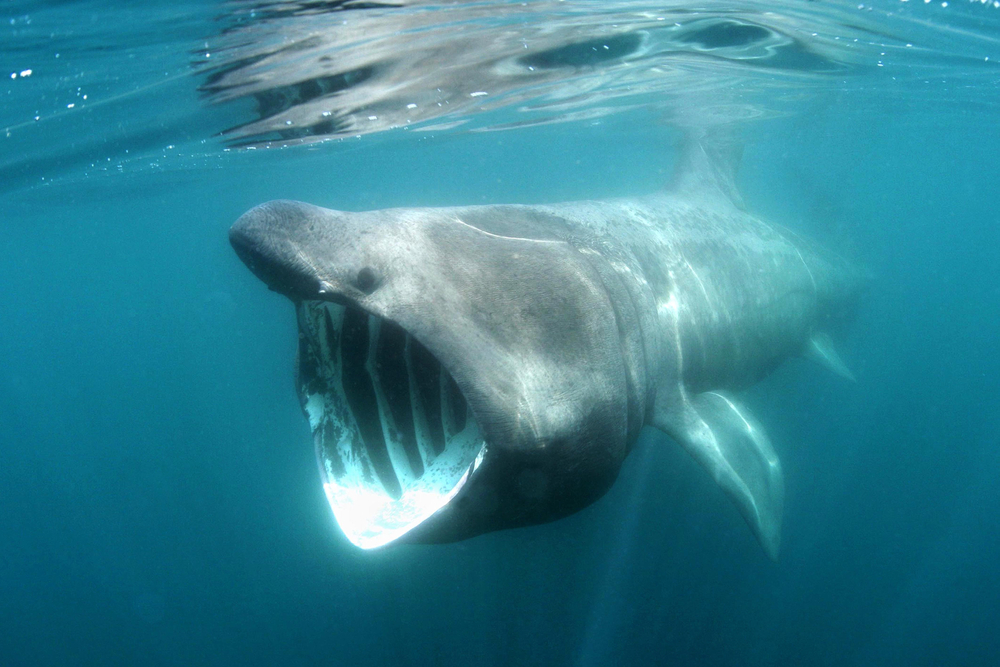
Baskin Shark
Image Credit: Simon Burt/Shutterstock.com
As the (scientific) name suggests, the basking shark is exceptionally large, coming in at second place. Adult sharks are known to grow up to 12 meters (40 meters) long and weigh up to six tonnes (6.6 tons) – which is roughly equivalent to an African elephant. The basking shark is another filter feeder. According to the Bureau of Ocean Energy Management, the slow-moving ocean giant is able to filter up to 4 million pounds (1,814 tons) of water per hour.
Giant oarfish (Regalecus glesne)
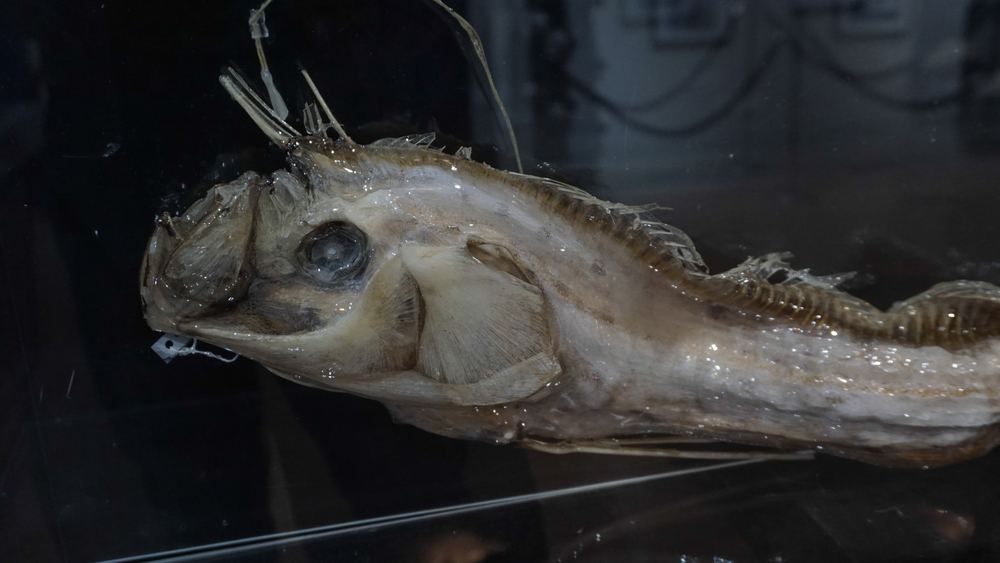
Oar Fish Skeleton
Image Credit: Lokman Hamid/Shutterstock.com
According to the Florida Museum, the “doomsday fish” may be a thing of legends and nightmares – its long, tape-like body inspiring tales of sea monsters. The deep-sea fish is found at depths 200-1,000 meters (656-3,280 feet) below the surface and can achieve lengths of 11 meters (36 feet). Bizarrely, it spends a lot of time floating vertically. This unusual position enables it to camouflage itself.
Largetooth sawfish (Pristis pristis)
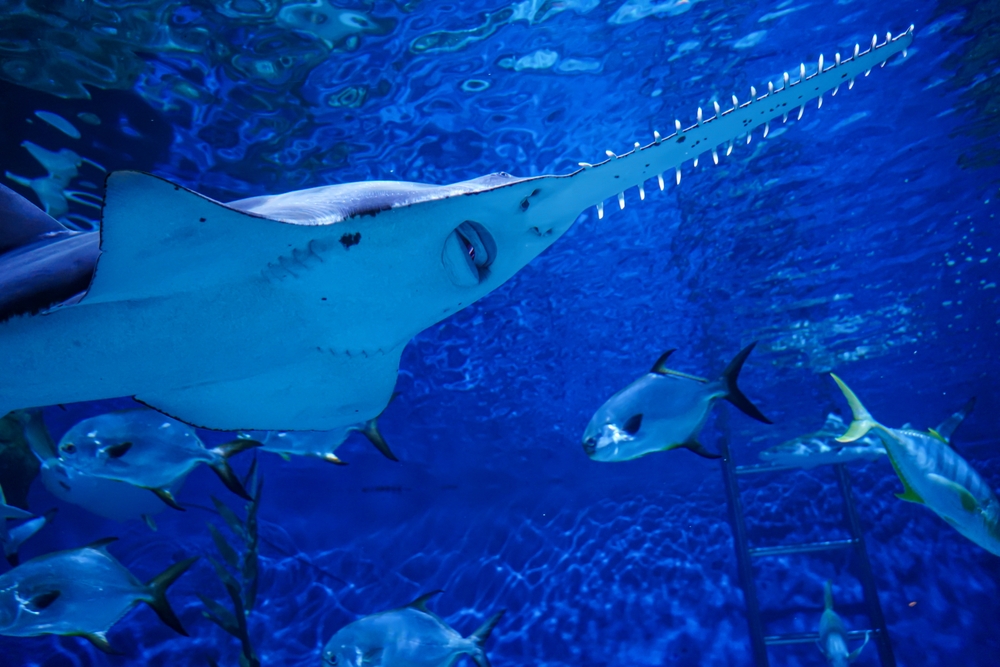
Largetooth sawfish
Image Credit: chonlasub woravichan/Shutterstock.com
The largetooth swordfish is the largest of five known species of swordfish, reaching impressive lengths of 7 meters (23 feet). Even more impressive, is its saw-like snout edged with teeth, which it uses to devour fish, molluscs and crustaceans. Unfortunately, it is one of many species struggling to survive alongside humans. Despite historically inhabiting the waters around the US, it has not been spotted in the region for the last 50 years.
Tiger shark (Galeocerdo cuvier)
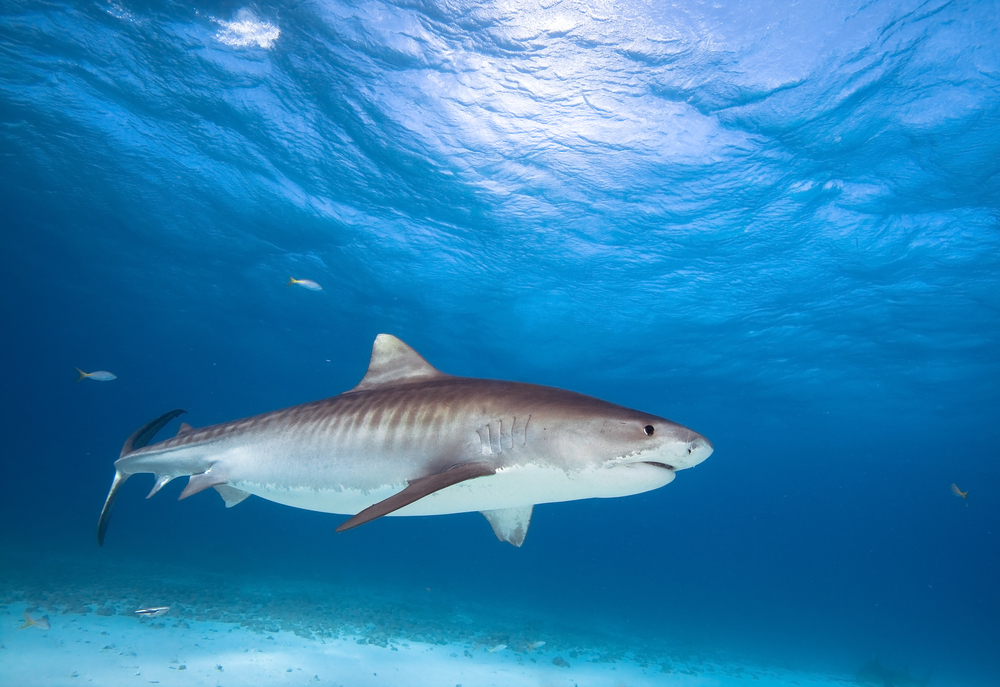
Tiger Shark
Image Credit: frantisekhojdysz/Shutterstock.com
Tiger sharks are one of the larger species of sharks, known to reach lengths of 5.5 meters (18 feet) and weights of 2,000 pounds (900 kilograms). The name stems from the distinctive markings on their backs but they are just as ferocious as their namesake, munching on anything from fish and seabirds to dolphins and turtles, and even other sharks.
Source Link: What Is The Ocean's Longest Fish?